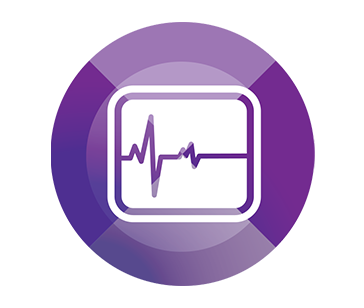Our performance against key clinical indicators
About clinical performance indicators
One of the ways we measure and track our safety and quality performance at Cabrini is through the use of clinical indicators. Clinical indicators are simply a way of organising large sets of data to view and monitor performance, and to flag areas for further investigation. A change in performance may occur over time and this could be an improvement, or a decline in performance. We submit data to a number of safety and quality collaborations which allows us to compare our performance with similar hospitals across Victoria and Australia.
This section of the our quality, your safety webpage is designed to provide our patients, families and wider community with a view of our performance for key safety and quality indicators. Data definitions and a list of inclusions are provided below each of the charts.
The data represented in the charts is a rate. Each chart shows four data points which relate to the four most recent six month periods.
- H1 represents the first half of the calendar year (01 January – 30 June)
- H2 represents the second half of the calendar year (01 July – 31 December)
The vertical axis for the charts are different to each other as some indicators are related to serious events, while others may include less serious mishaps which occur more often within hospitals.


